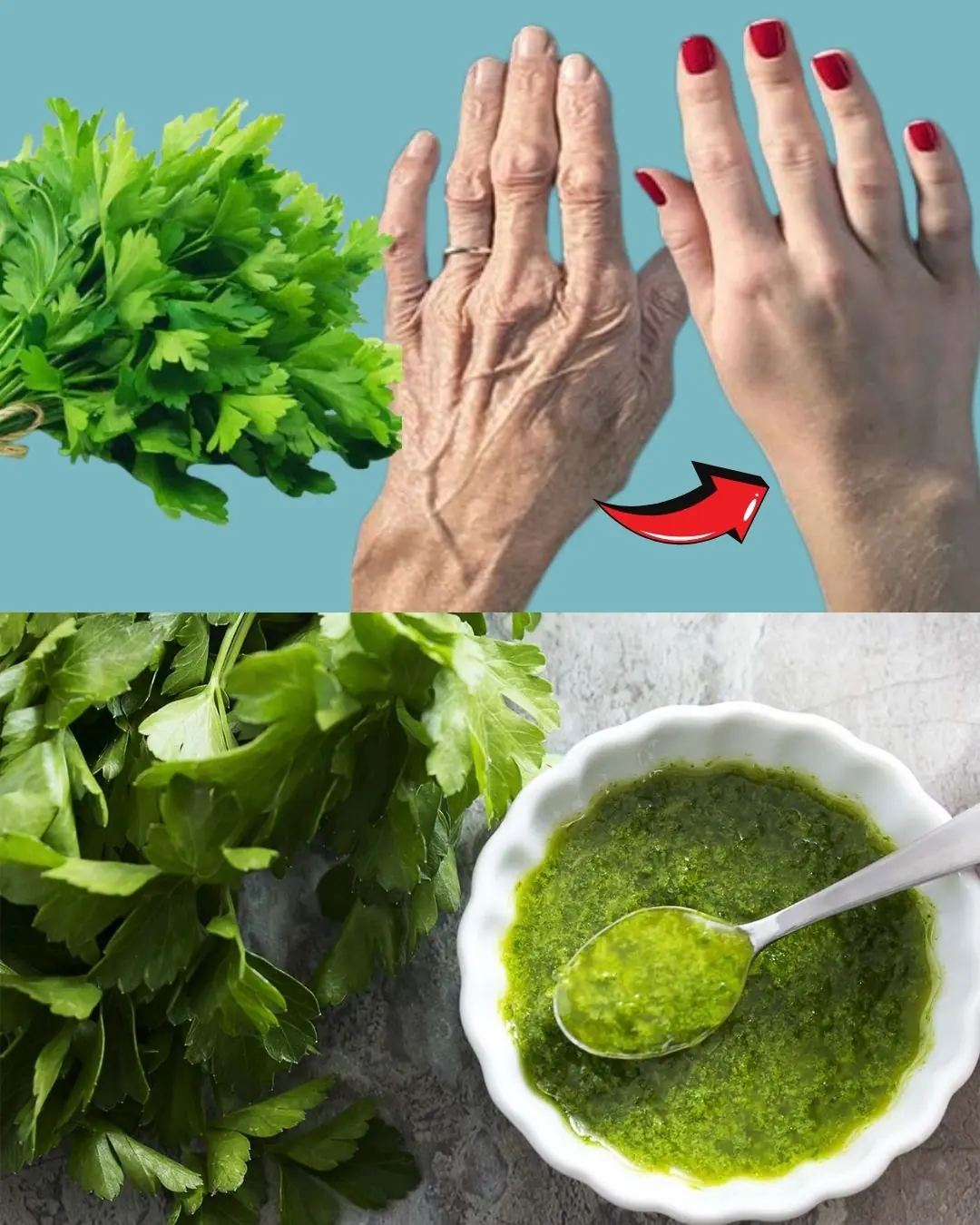
Mimosa Pudica Tea: How to Prepare and Health Benefits
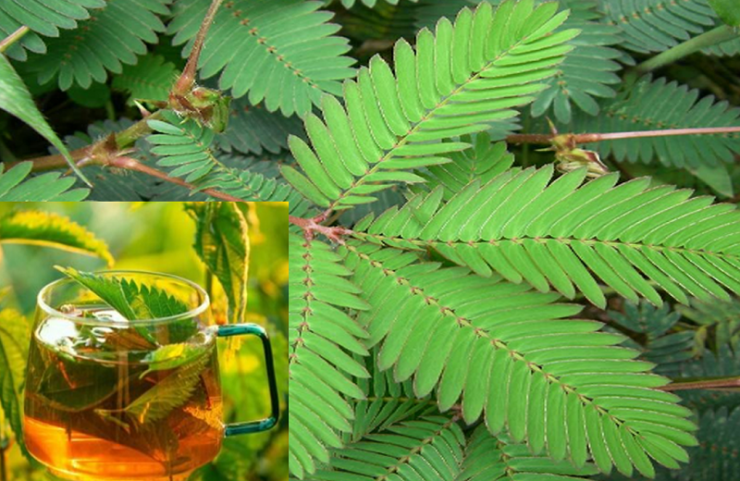
Mimosa pudica, commonly known as the “sensitive plant,” “touch-me-not,” or “shy plant,” is famous for its remarkable ability to fold its leaves inward when touched—a natural defense mechanism that has fascinated botanists and casual observers alike. Beyond its captivating movement, this plant has a long tradition of use in herbal practices across Asia, South America, and other regions. Various parts of the plant—including the leaves, stems, and roots—have historically been incorporated into natural remedies. In recent years, Mimosa pudica tea has grown in popularity, attracting interest for its potential wellness benefits, traditional uses, and its role as a gentle herbal beverage.
Below, we take a closer look at how the tea is prepared, what traditional systems of medicine suggest about its uses, and what safety considerations should be kept in mind.
Potential Health Benefits of Mimosa Pudica Tea
Digestive Support
-
Traditional healing systems sometimes use Mimosa pudica to ease mild digestive upset or stomach discomfort.
-
Some individuals claim it may help reduce episodes of loose stools or soothe irritated digestive linings.
-
Compounds such as tannins and flavonoids may provide a natural astringent effect, potentially contributing to a temporary feeling of digestive steadiness.
-
While these uses are widely referenced in folk medicine, comprehensive clinical studies verifying these effects are still limited.
Antimicrobial and Antiparasitic Properties
-
Early laboratory research suggests that extracts from Mimosa pudica may exhibit mild antimicrobial activity against certain bacteria.
-
In some traditional contexts, the plant is used as a supportive remedy for gut health or concerns involving intestinal parasites.
-
However, modern clinical evidence is insufficient, and Mimosa pudica should not be considered a standalone treatment for infections or parasites.
Anti-Inflammatory Potential
-
Folk medicine practices occasionally apply crushed leaves or poultices of the plant to help soothe minor skin irritations, swelling, or discomfort.
-
Drinking the tea is sometimes believed to offer gentle internal calming effects on inflammation, though these claims remain mostly anecdotal.
-
Additional research is needed to clarify the plant’s exact anti-inflammatory mechanisms.
Wound Healing and Skin Health
-
Traditional healers have long used Mimosa pudica in topical forms for small cuts, rashes, and abrasions, noting its potential cooling and soothing qualities.
-
When brewed tea is cooled and applied as a wash, some users find it helpful for mild skin discomforts, though individual experiences vary.
Calming and Relaxation
-
Some traditional sources describe Mimosa pudica as having mild sedative or calming properties, contributing to relaxation or improved rest.
-
While scientific data is limited, anecdotal reports from herbal enthusiasts suggest that the tea may offer subtle soothing effects, especially when consumed in the evening.
How to Prepare Mimosa Pudica Tea
Sourcing the Plant
-
Choose organically grown Mimosa pudica to avoid pesticide residues.
-
If you’re not cultivating it yourself, source it from a reputable herbal supplier that specializes in correctly identified plant material.
Drying the Plant
-
Harvest the leaves—optionally including tender stems—and gently rinse to remove dirt or debris.
-
Lay them out in a shaded, airy location until fully dry. Proper drying preserves the plant’s natural compounds and prevents mold growth.
Brewing Instructions
Ingredients:
-
Approximately 1 teaspoon of dried Mimosa pudica leaves per cup of water.
Steps:
-
Bring fresh, filtered water to a boil.
-
Pour the hot water over the dried leaves in a cup or teapot.
-
Cover and allow to steep for 5–10 minutes.
-
Strain and enjoy.
-
You may add honey, lemon, or a mild herbal blend to soften the earthy flavor if desired.
Flavor Profile
Mimosa pudica tea offers a mild, earthy, slightly herbal taste. Adjust steeping time or leaf quantity depending on your flavor preference. Longer steeping tends to intensify the astringent notes.
Precautions and Safety Considerations
Limited Scientific Research
-
Although Mimosa pudica has a well-documented history in traditional medicine, large-scale clinical research is still limited.
-
Its effectiveness for specific health conditions is not fully established.
Possible Side Effects
-
Some individuals may experience digestive discomfort, nausea, or mild allergic reactions.
-
If you notice symptoms such as itching, rash, or stomach upset, discontinue use and consult a healthcare provider.
Pregnancy and Breastfeeding
-
Because of limited safety data, pregnant or breastfeeding individuals should avoid Mimosa pudica tea unless advised by a qualified health professional.
Medication Interactions
-
Those taking prescription medications or managing chronic health conditions should talk to a healthcare professional before using Mimosa pudica, as herbal products may interact with certain drugs.
Quality Control
-
Proper identification is essential. Confusion with other plant species or contamination can pose risks.
-
Purchase only from reliable suppliers who use proper plant verification methods.
Uses Beyond Tea
-
Topical Applications: Traditional pastes or poultices created from leaves or roots are used for minor skin irritations or wounds.
-
Herbal Capsules: Some supplement companies offer Mimosa pudica in capsule form, typically marketed for gut support or cleansing purposes.
-
Ornamental Uses: The plant’s famous touch-sensitive leaves make it a popular choice for gardens and educational displays.
Final Thoughts
Mimosa pudica tea is a fascinating herbal infusion with centuries of cultural and traditional use behind it. Modern science has only begun exploring the plant’s potential—from antimicrobial activity to gentle calming effects—and more research is needed to confirm its benefits. If you’re curious about trying Mimosa pudica tea:
-
Source the plant responsibly and ensure correct identification.
-
Start with small amounts to see how your body responds.
-
Consult a healthcare professional for any lasting or serious health concerns.
As with all herbal remedies, moderation, awareness, and informed decision-making are key to experiencing potential benefits safely.
News in the same category


🌿 20 Gentle Benefits of Chewing Clove Daily — The Ancient Spice for Modern Wellness

Put a Bay Leaf in Your Socks: The Surprising Pain-Relief Remedy You Need to Try
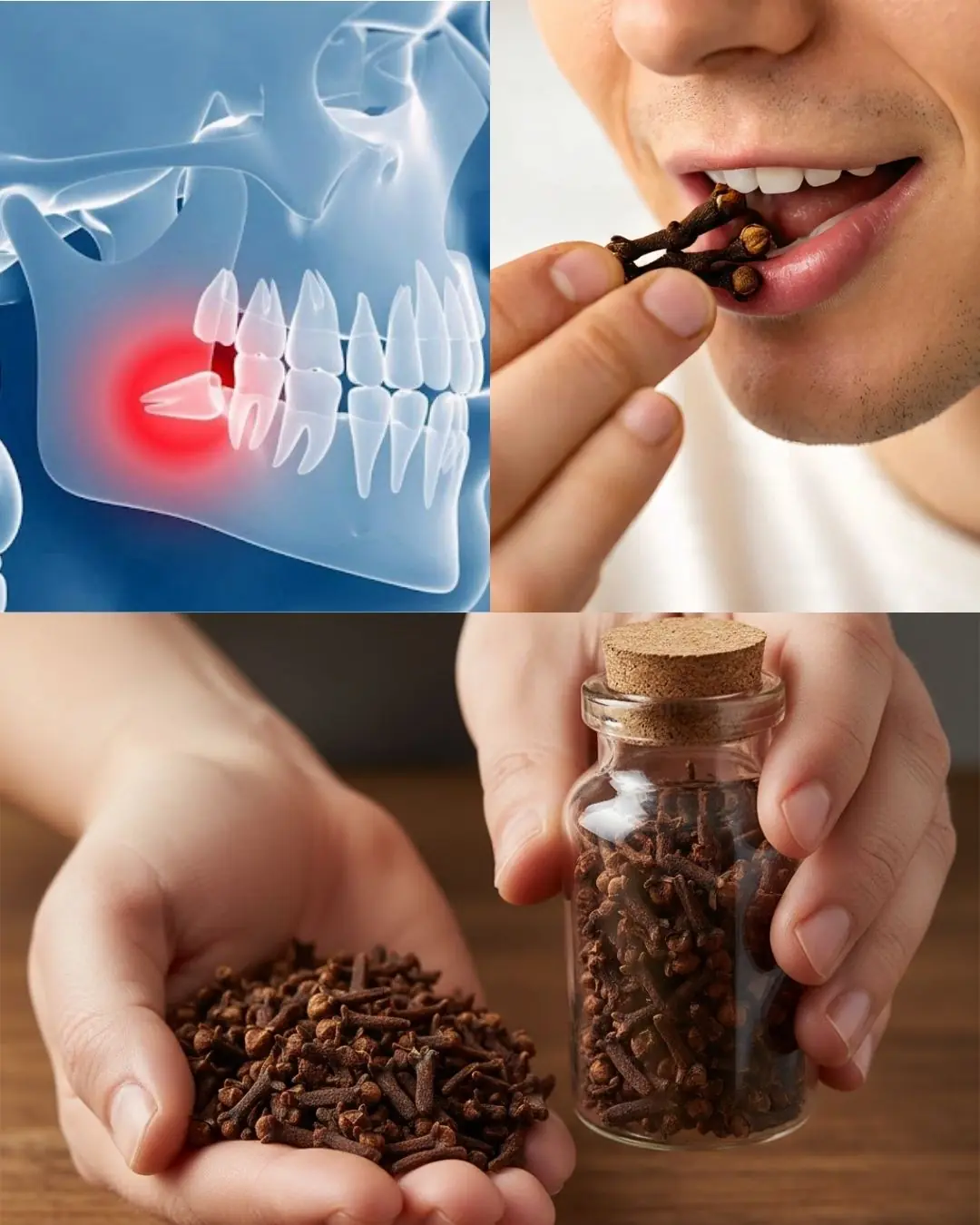
Holding Cloves in Your Mouth: A Natural Way to Relieve Toothache
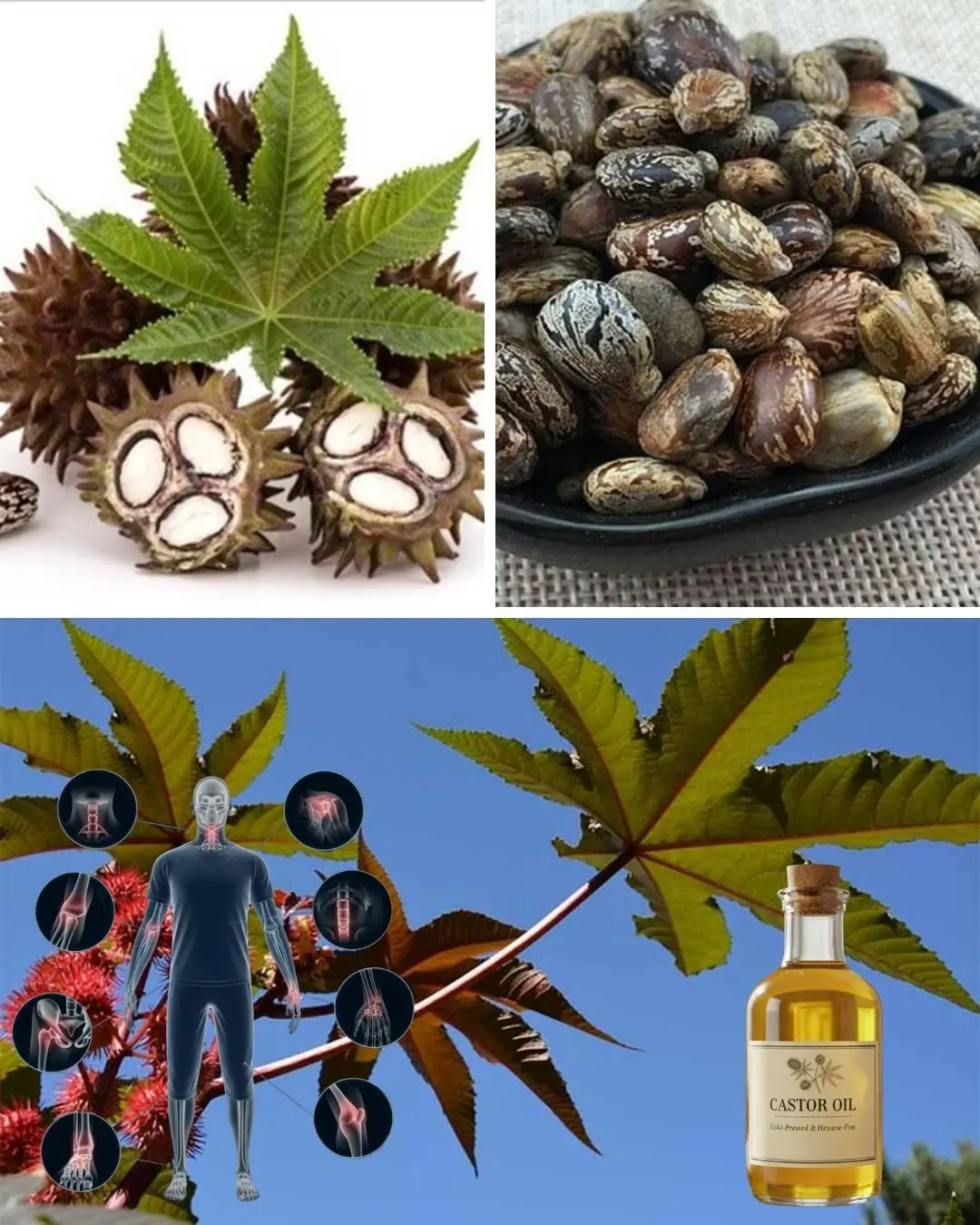
7 Benefits and Uses of Castor Oil
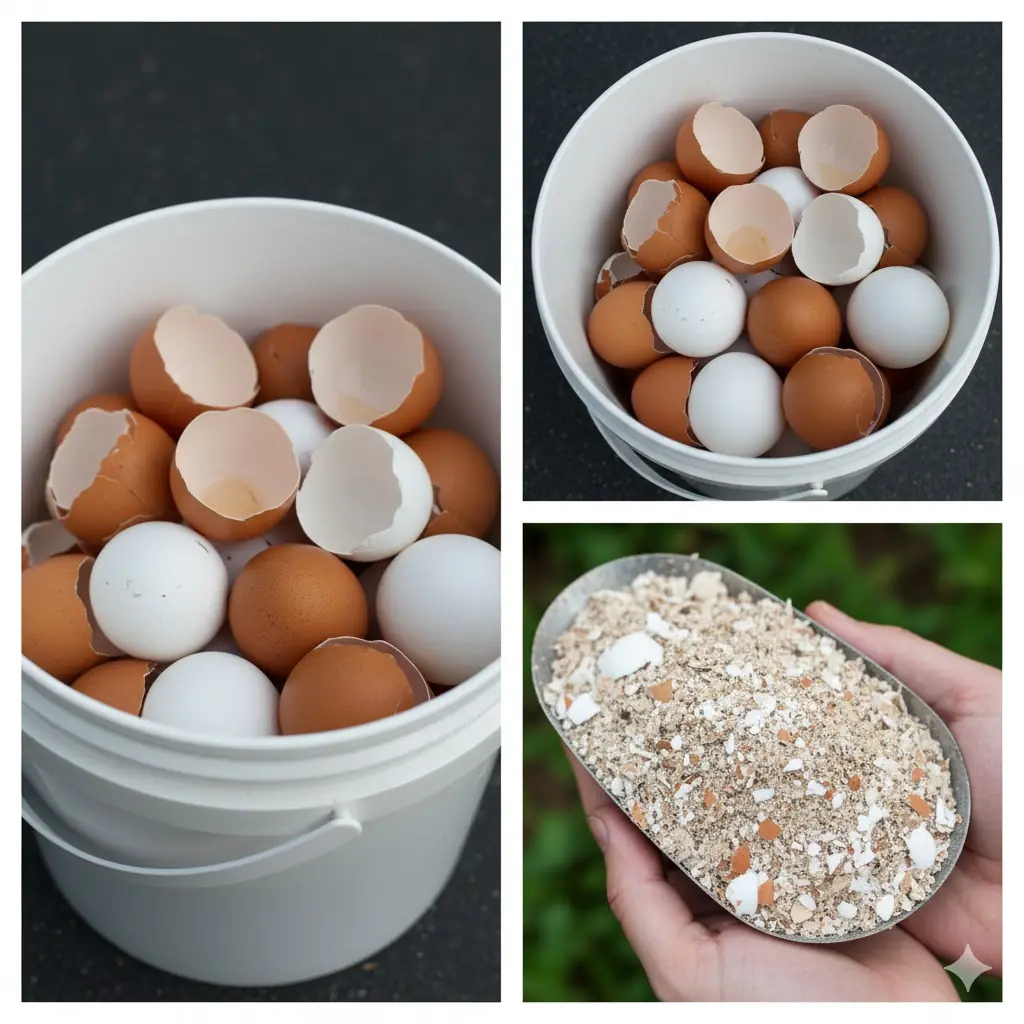
Boil eggshells and say goodbye to the …
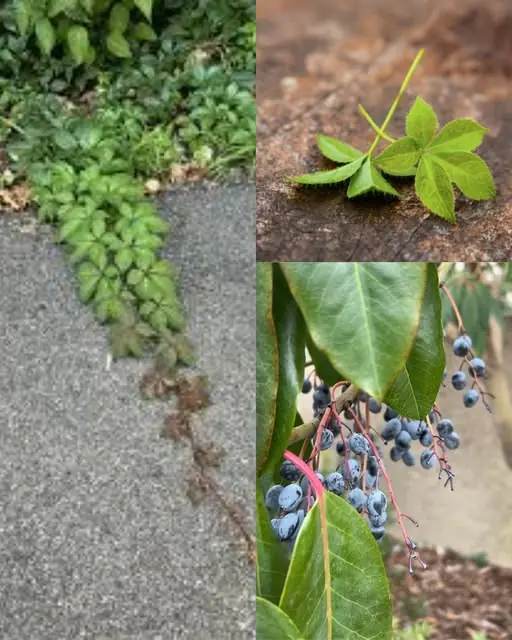
Virginia Creeper (Parthenocissus quinquefolia): A Beautiful but Dangerous Vine
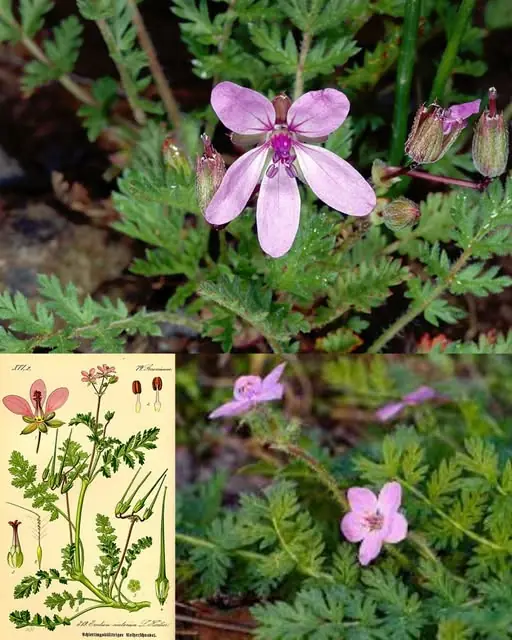
25 Incredible Benefits of Stork’s-Bill (Erodium cicutarium)
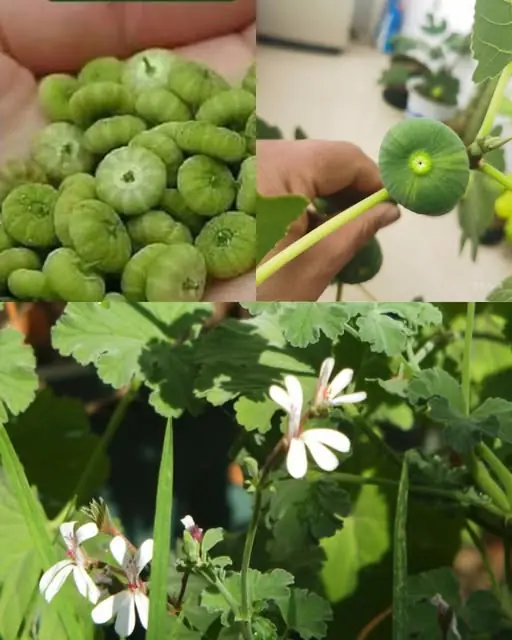
Dwarf Mallow (Malva neglecta): A Powerhouse of Health Benefits and Uses
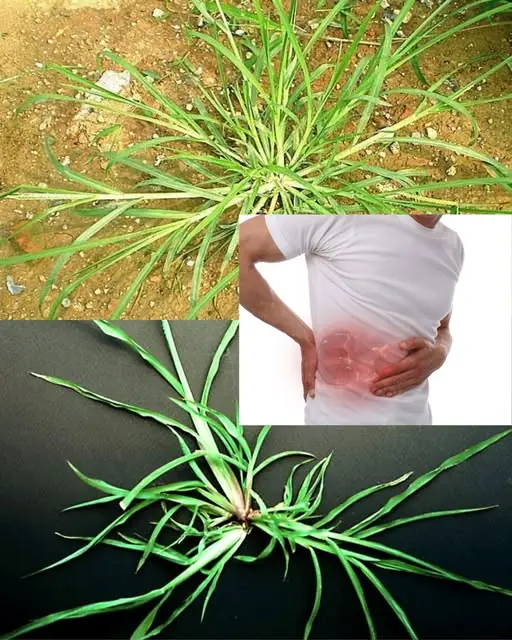
The Hidden Power of Goosegrass
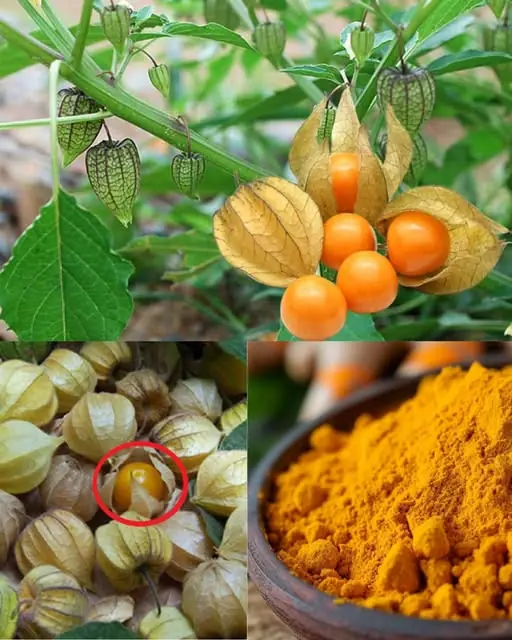
Goldenberry Power: 20 Benefits of Physalis peruviana and How to Use It at Home
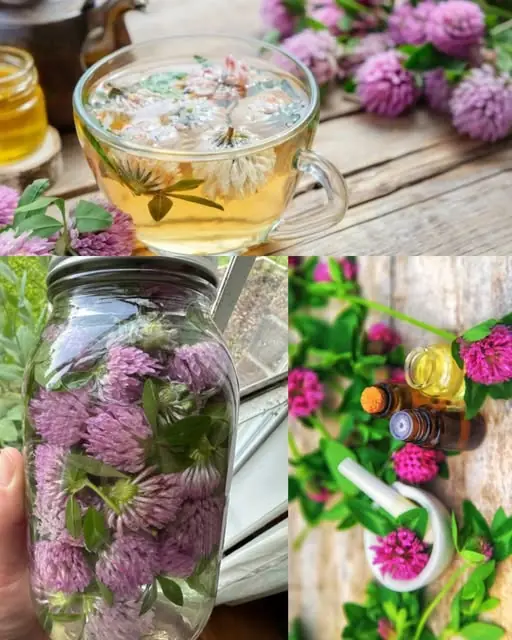
Red Clover: 15 Amazing Benefits and How to Use This Healing Herb
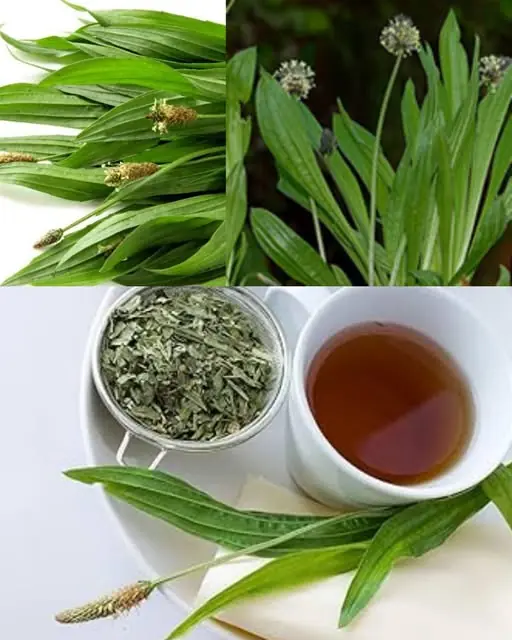
Plantago Lanceolata: The Wild Plant That Heals Almost Everything

The Hidden Power of Moringa: Benefits for Health and Vision
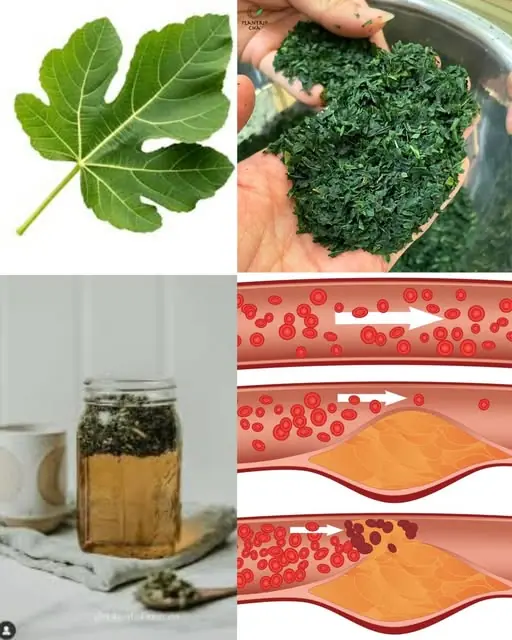
The Hidden Healing of Fig Leaves: Natural Support for Diabetes, Digestion, and More
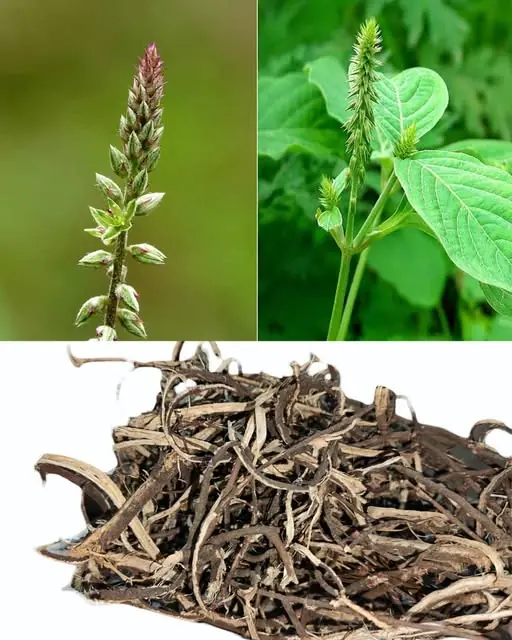
Achyranthes aspera: The Roadside Herb That Cleanses, Heals, and Protects

The Easiest Way to Make Coconut Oil at Home

Unlocking the Benefits of Hanging an Overripe Banana in Your Garden

🦶 5 Natural Remedies for Cracked Heels
News Post

The Lion Who Loved Back: Jupiter’s Final Goodbye.

Don’t Rush to Refrigerate Lemons: This Method Keeps Them Fresh and Juicy for a Whole Year

The Right Way to Boil Chicken: This Method Keeps the Meat Firm, Juicy, and Delicious

No Need for Air Fresheners: Keep This in Your Bathroom to Eliminate Odors and Save Hundreds Every Year

Why You Should Keep a Small Bottle of Medicinal Oil in Your Bathroom: Special Benefits Everyone Should Know

Six Prisoners, One Fallen Officer, and a Choice That Revealed Their True Hearts.

4 Simple Ways to Remove the Bitter Taste from Bitter Melon: Stir-Fry for a Delicious and Nutritious Dish

One Person Washes the Dishes, the Whole Family Gets Sick? 4 Dishwashing Mistakes Everyone Should Stop Immediately

A 30-Year-Old Man Suddenly Developed Kidney Failure: 5 Daily Habits Destroying Your Kidneys Without You Realizing

“The Cry That Saved Us”: The Night Two Fort Worth Officers Refused to Give Up.

Women Who Age Faster and Live Shorter Often Do These 4 Things at Night — How Many Apply to You?

A Prom Night 76 Years in the Making.

My Husband Left Me and the Kids at Home on Christmas Eve to Celebrate at His Office Party So We Decided to Pay Him a Visit

A 42-Year-Old Man Died of a Stroke Despite Not Smoking or Drinking — Doctors Shocked to Find the Real Daily “Killer” in His Diet

Doctors Warn: 3 Common Beauty Habits That Many Don’t Realize May Increase Cancer Risks

How to Remove Water Stains from Wood with Mayonnaise

I PAID FOR A STRANGER’S GROCERIES TWO YEARS AGO—AND TODAY, I GOT THIS IN THE MAIL

MY MOTHER-IN-LAW DESTROYED MY DAUGHTER’S GARDEN – I MADE HER PAY THE PRICE SHE NEVER EXPECTED

I THOUGHT THE NEW NANNY WAS AFTER MY HUSBAND UNTIL I REALIZED SHE WAS AFTER SOMETHING MORE PRECIOUS
